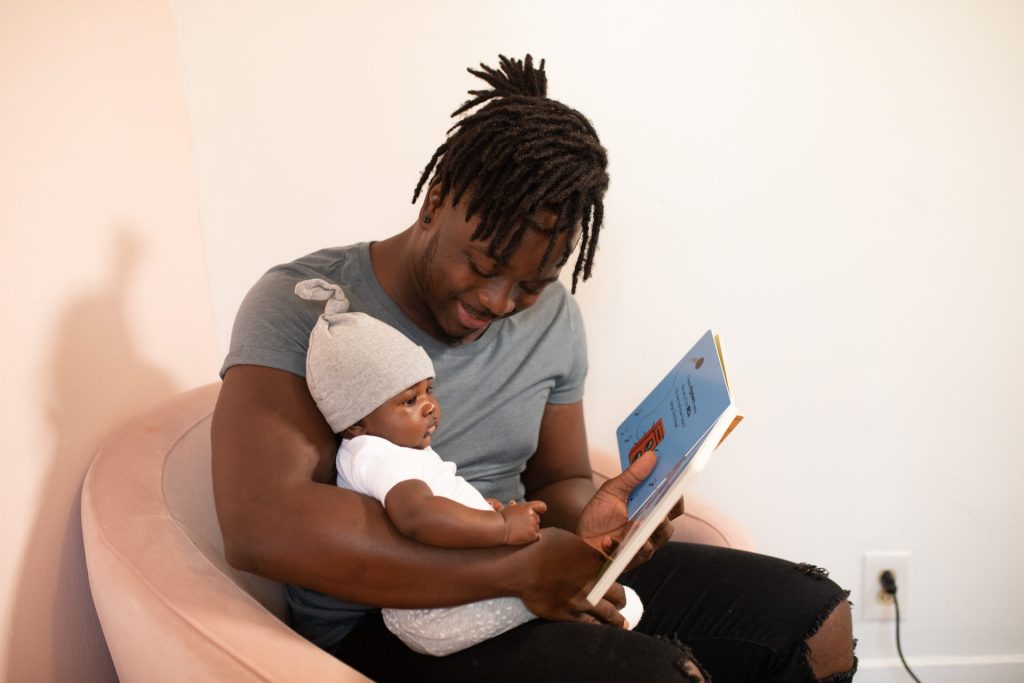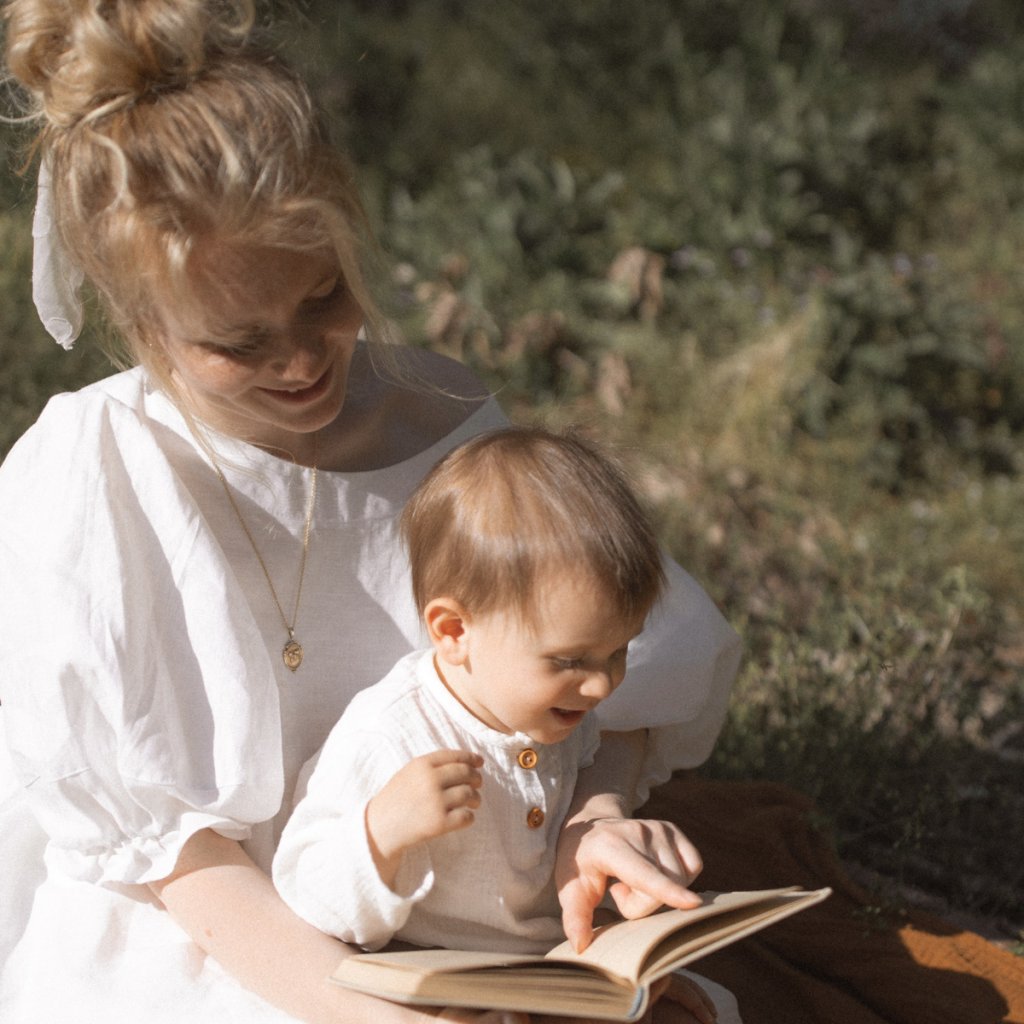Discover effective strategies and tips on how to teach reading to your 2-3 year old child.
How to Teach Reading to a 2-3 Year Old Child
Teaching reading to a 2-3 year old child may seem like a daunting task, but with the right approach, it can be a fun and rewarding experience for both you and your little one. In this article, we will explore different strategies and techniques to help your child develop essential literacy skills at an early age. From understanding their developmental stage to choosing the right books and employing creative teaching methods, we’ve got you covered!
Understanding the Developmental Stage of a 2-3 Year Old
Before diving into the world of reading, it’s crucial to have an understanding of your child’s developmental stage. At this age, toddlers are rapidly expanding their cognitive abilities and acquiring language skills. Let’s explore these areas in more detail.

Cognitive Abilities of Toddlers
Your little explorer is now developing higher thinking skills. They are eager to learn and soak up knowledge like a sponge. Their cognitive abilities are expanding, allowing them to make connections and understand cause and effect. They are beginning to grasp concepts such as object permanence, where they understand that objects still exist even when they are out of sight. This newfound understanding opens up a world of possibilities for their learning and exploration.
As they continue to develop, toddlers become more skilled at problem-solving. They enjoy puzzles, sorting activities, and other hands-on tasks that challenge their growing cognitive abilities. By engaging them in these activities, you are not only stimulating their minds but also fostering their love for learning.
Additionally, toddlers at this stage are developing their memory skills. They can remember and recall information from previous experiences, which aids in their overall cognitive development. This ability to remember and build upon past knowledge is an essential skill for future reading comprehension.
Language Acquisition in Early Childhood
Language development is a cornerstone of reading readiness. Toddlers are now more vocal, and their vocabulary is expanding. They are learning new words every day and are beginning to form simple sentences. Encourage their verbal skills by engaging in conversations and reading aloud.
By reading to your child, you are not only exposing them to new words but also helping them develop their listening skills. They learn to follow a story, understand the sequence of events, and make connections between the words they hear and the pictures they see. This process lays a solid foundation for future reading comprehension.
Furthermore, toddlers at this stage are starting to understand the concept of print. They may recognize familiar logos or signs and begin to associate them with their corresponding meanings. This early exposure to print helps them develop print awareness, an essential skill for reading.
As their language skills continue to grow, toddlers also begin to understand and use more complex sentence structures. They can express their thoughts and feelings more effectively, which further enhances their communication skills. Encourage their language development by engaging in meaningful conversations and providing them with a rich language environment.
In conclusion, the developmental stage of a 2-3 year old is an exciting time filled with cognitive growth and language acquisition. By understanding and nurturing these areas, you can lay a strong foundation for your child’s future reading abilities. Embrace their curiosity, engage them in stimulating activities, and foster their love for language and learning. The journey of reading begins here!
Preparing Your Child for Reading
Now that you have a grasp of your child’s developmental stage, let’s move on to creating an environment conducive to reading and establishing a regular reading routine.
Reading is a fundamental skill that opens up a world of imagination and knowledge for your child. By preparing them for reading, you are giving them a valuable tool that will benefit them throughout their lives. So, let’s dive into some strategies to create a literacy-rich environment and the importance of regular reading sessions.
Creating a Literacy-Rich Environment
Your home can be a treasure trove of words! Surround your child with books, labels, and other written materials. Fill their world with the magic of words by creating a cozy reading corner filled with colorful and age-appropriate books. This dedicated space will become their sanctuary, a place where their imagination can soar and their love for reading can flourish.
But it doesn’t stop there. Take advantage of everyday opportunities to expose your child to written language. Label objects around the house, such as the refrigerator, the door, or their favorite toys. This simple act helps them make connections between words and objects, building their vocabulary and understanding of language.
Additionally, consider incorporating reading into your daily routines. For example, during bath time, you can have waterproof books or foam letters for your child to play with. This not only makes bath time more enjoyable but also introduces them to the concept that reading can happen anywhere, even in unexpected places.
Importance of Regular Reading Sessions
Consistency is key when it comes to establishing a reading routine. Set aside dedicated time for reading every day, making it a non-negotiable part of your child’s schedule. This regularity helps them develop a sense of expectation and anticipation for reading, making it an integral part of their daily life.
Make these reading sessions special bonding moments by cuddling up with your child and immersing yourselves in the magical world of books. Let their imagination take flight as you read aloud, using different voices and expressions to bring the characters to life. This shared experience not only strengthens your bond but also instills a love for reading that will last a lifetime.
Remember, reading is not just about decoding words on a page; it’s about fostering a deep connection with stories, ideas, and emotions. By creating a nurturing environment and establishing regular reading sessions, you are sowing the seeds for a lifelong passion for reading in your child.
Choosing the Right Books for Your Toddler
Now that your child is eager to dive into the world of books, it’s important to pick ones that cater to their age and interests.
Reading is not only a great way to bond with your toddler, but it also plays a crucial role in their cognitive and language development. By exposing them to age-appropriate books, you can help foster a love for reading and set them up for a lifetime of learning.

Age-Appropriate Books for 2-3 Year Olds
When it comes to choosing books for toddlers between the ages of 2 and 3, it’s important to consider their developmental stage. Look for board books with simple and repetitive stories. These will capture their attention and help develop their understanding of narrative structures.
Books with vibrant and colorful illustrations are also a hit with this age group. The combination of simple text and eye-catching visuals will keep them engaged and excited about reading.
Touch-and-feel books, pop-up books, and flap books are also great choices that will engage their senses and keep them excited about reading. These interactive elements add a fun and tactile experience to the reading process, making it even more enjoyable for your little one.
Interactive Books to Engage Your Child
Enhance the reading experience with interactive elements. Books that allow your child to press buttons, lift flaps, or feel different textures will add an extra layer of engagement. The more involved they are, the more they will enjoy the reading process.
Interactive books not only capture your child’s attention but also encourage their participation. This active involvement helps improve their fine motor skills and hand-eye coordination. It’s a win-win situation!
Additionally, interactive books provide opportunities for learning beyond the story itself. They can introduce your child to concepts such as cause and effect, colors, shapes, and even basic counting. These books serve as valuable educational tools while still being incredibly entertaining.
Remember, choosing the right books for your toddler is not just about finding ones that are age-appropriate, but also ones that align with their interests. Whether your child is fascinated by animals, vehicles, or fairy tales, there are countless options available that cater to their individual preferences.
So, the next time you’re browsing through the children’s section of a bookstore or library, take your time to explore the wide variety of books on offer. With a little bit of research and consideration, you can find the perfect books that will captivate your toddler’s imagination and make reading a cherished activity for both of you.
Techniques to Teach Reading
Reading is a fundamental skill that opens up a world of knowledge and imagination. As a parent or educator, it is important to equip children with effective techniques to develop their reading abilities. In this article, we will explore various strategies that can be employed to teach reading and foster a love for books.
Phonics-Based Teaching Methods
Phonics serves as the foundation of reading. By teaching children letter sounds and how they combine to form words, we empower them to decode written language. There are numerous engaging and interactive activities that can be incorporated into phonics instruction.
One effective technique is to introduce alphabet songs that not only make learning enjoyable but also reinforce the association between letters and their corresponding sounds. Singing along to catchy tunes, children can easily grasp the phonetic elements of language.
Another engaging activity is creating word puzzles. By using colorful and interactive materials, children can manipulate letters to form words. This hands-on approach not only enhances their understanding of phonics but also promotes fine motor skills.
Whole Language Approach
While phonics is crucial, it is equally important to balance instruction with a whole language approach. This method emphasizes the recognition of familiar words by sight, allowing children to comprehend text more fluently.
One way to encourage sight word recognition is by pointing out words in the child’s environment. Whether it’s on signs, labels, or books, drawing attention to these words helps children make connections between written language and their surroundings.
Additionally, reading children’s poems or rhymes can be a delightful way to introduce whole language learning. These rhythmic and repetitive pieces allow children to easily memorize words and phrases, enhancing their reading fluency and comprehension.
By combining phonics-based teaching methods with a whole language approach, children can develop a strong foundation in reading. It is important to create a supportive and engaging learning environment that fosters a love for reading. Remember, reading is not just a skill; it is a lifelong journey of exploration and discovery.
Making Reading Fun and Engaging
To keep your child excited about reading, incorporate interactive activities and technology into their learning journey.
Incorporating Games into Reading
Turn reading into a game by creating word scavenger hunts or playing simple word association games. By making learning playful, your child will be more motivated to participate and explore the magical world of words.
Using Technology to Aid Reading
Technology can be a valuable tool when used wisely. There are numerous interactive reading apps and e-books available that can engage your child in a multisensory reading experience. Supervise their screen time and choose apps that prioritize active learning rather than passive consumption.
By following these tips and techniques, you can help your 2-3 year old child embark on a lifelong journey of reading and exploration. Remember to keep it fun, playful, and tailored to their unique interests and abilities. Happy reading!



